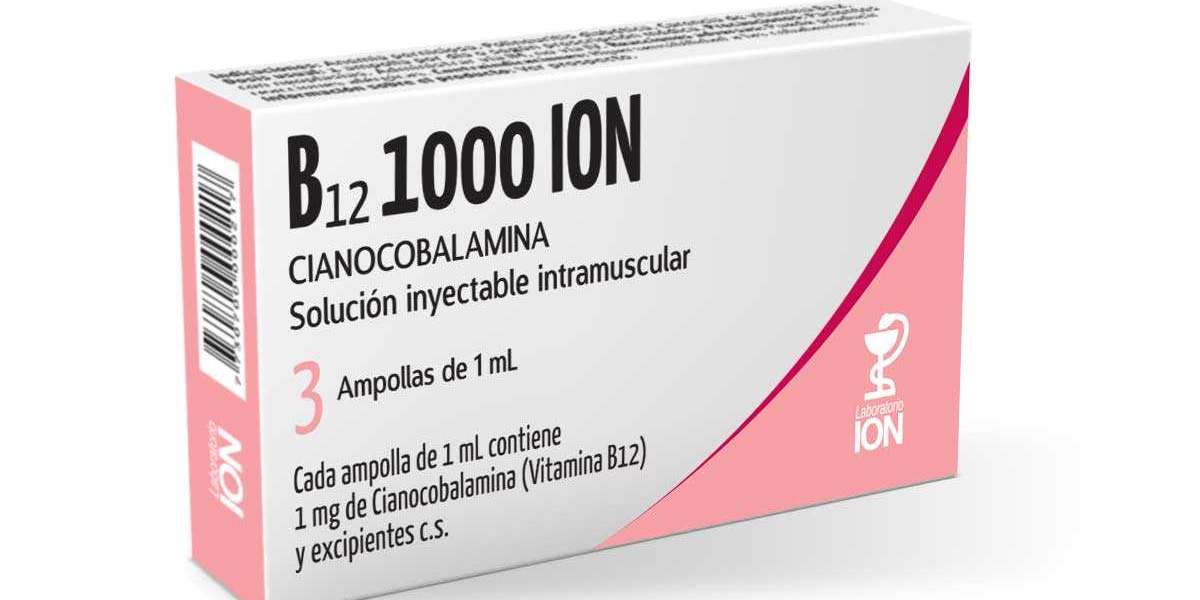Search
Popular Posts
-
 What's The Current Job Market For Best Accident Lawyers Professionals Like?
What's The Current Job Market For Best Accident Lawyers Professionals Like?
-
 Snooze in Style: Enhancing Your Pregnancy Sleep with a Full-Body Supportive Body Pillow
Snooze in Style: Enhancing Your Pregnancy Sleep with a Full-Body Supportive Body Pillow
-
 How to Boost Your Work Performance with Intel N5105 Processor
How to Boost Your Work Performance with Intel N5105 Processor
-
 Exploring the World of Vape Pens: A Comprehensive Guide
Exploring the World of Vape Pens: A Comprehensive Guide
-
 Discover the Science Behind CBD Vape Pens for Anxiety Relief
Discover the Science Behind CBD Vape Pens for Anxiety Relief



